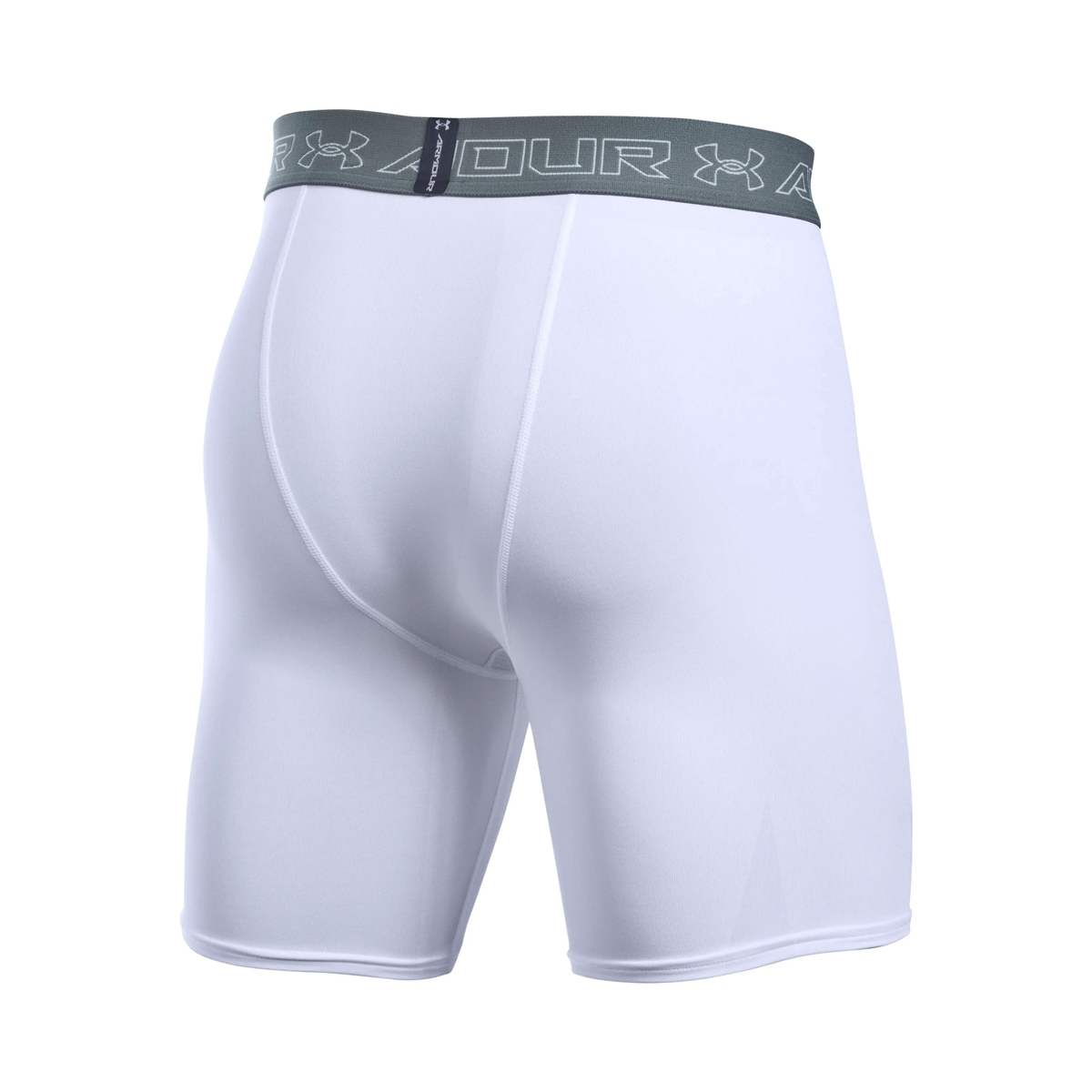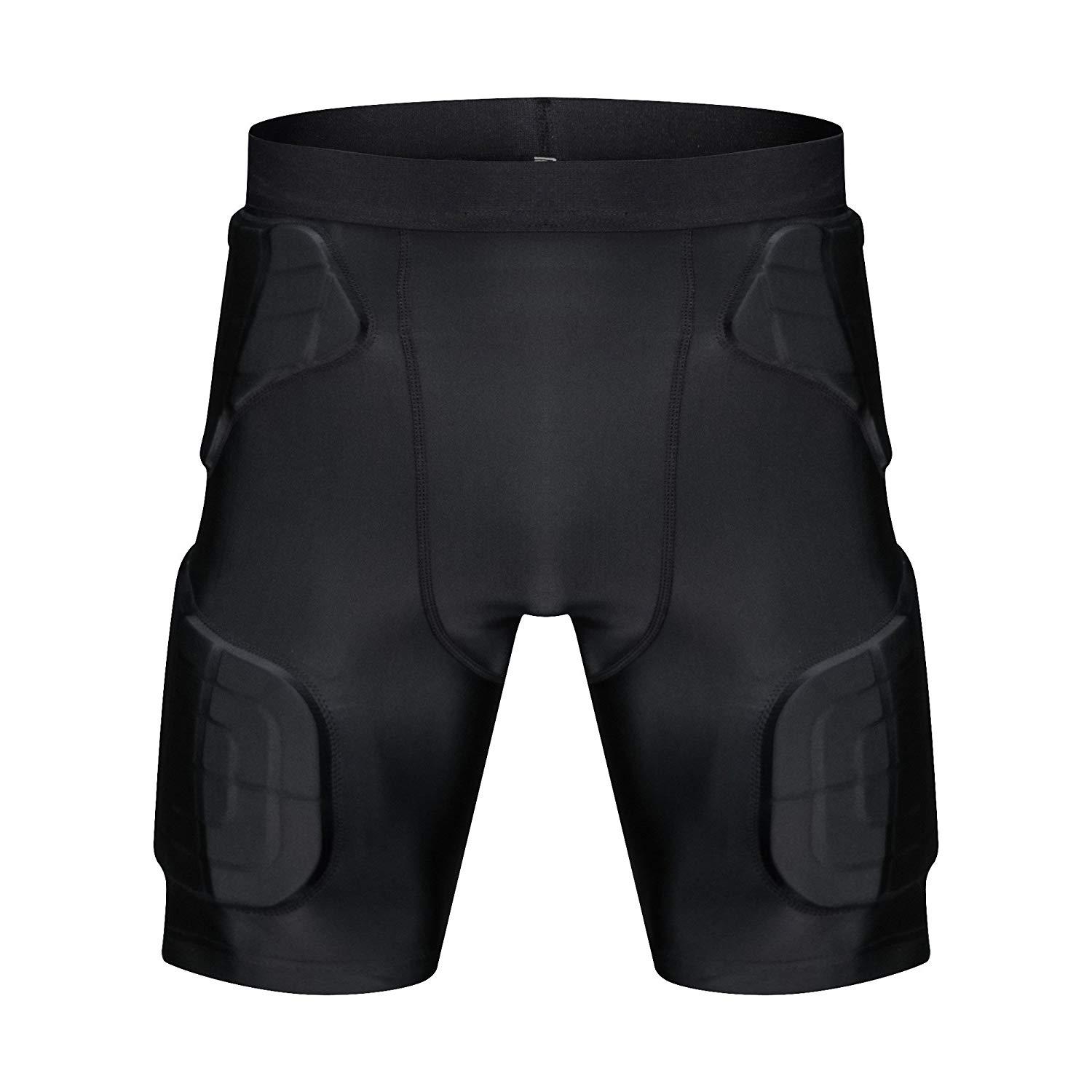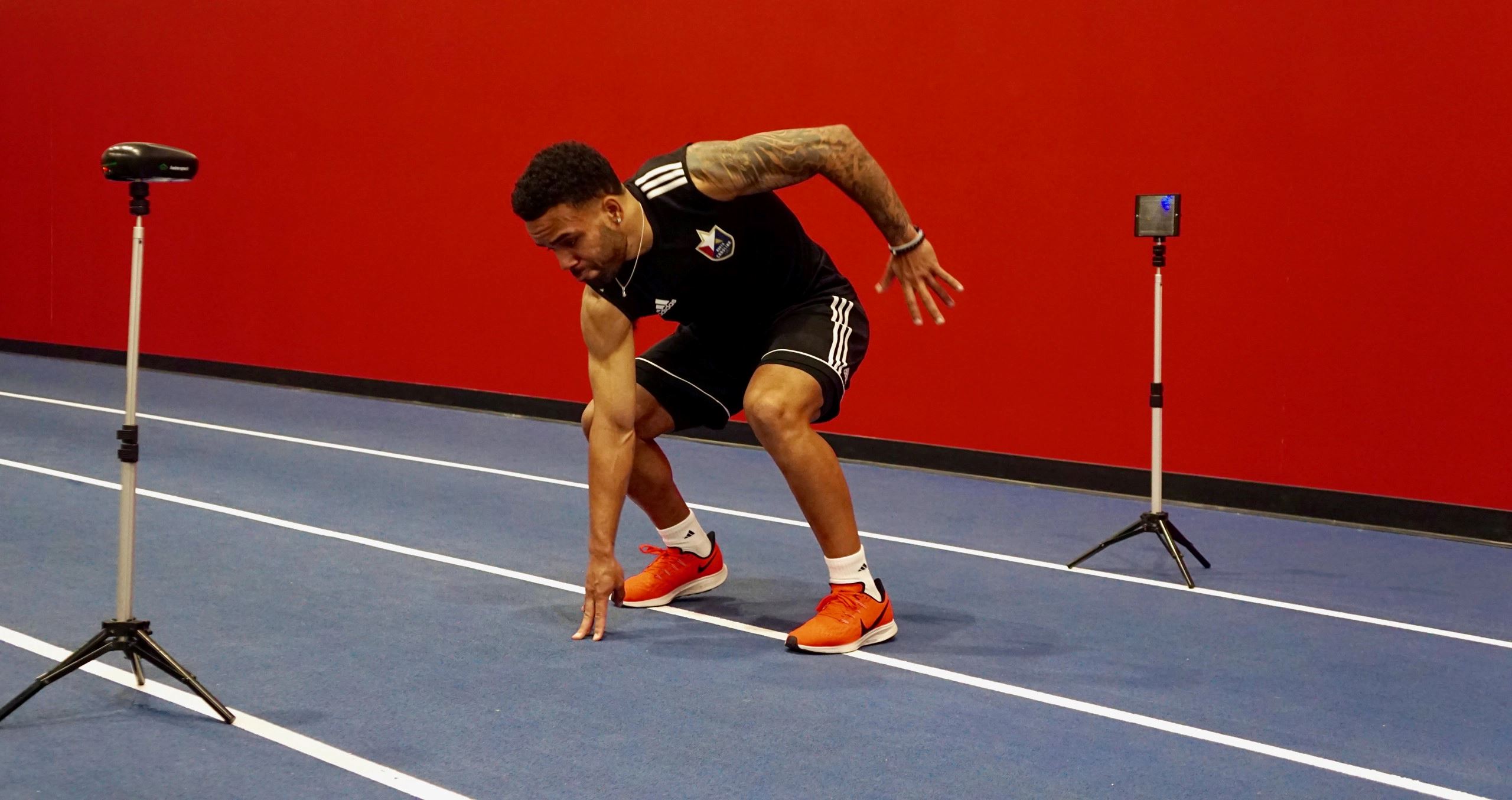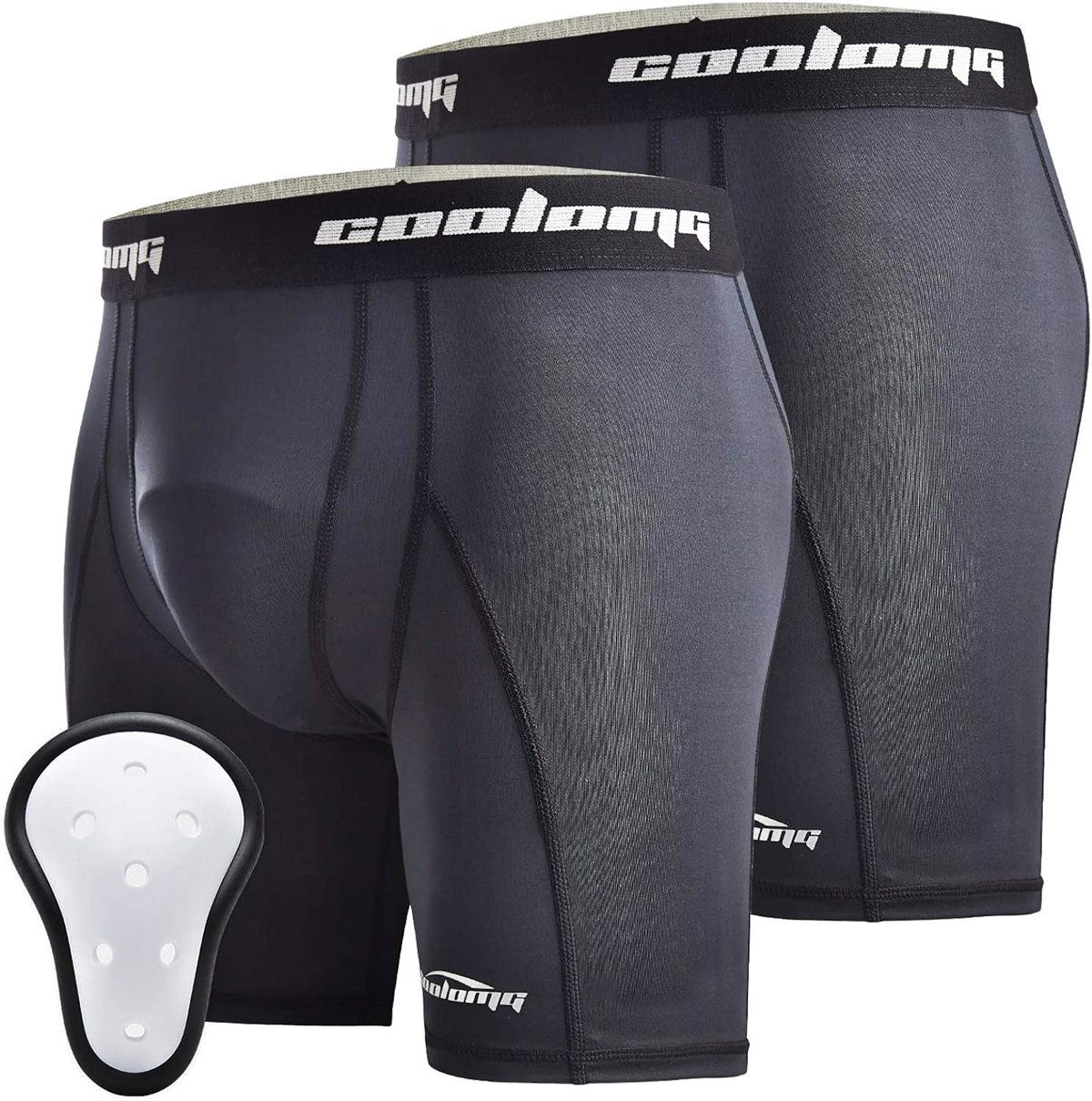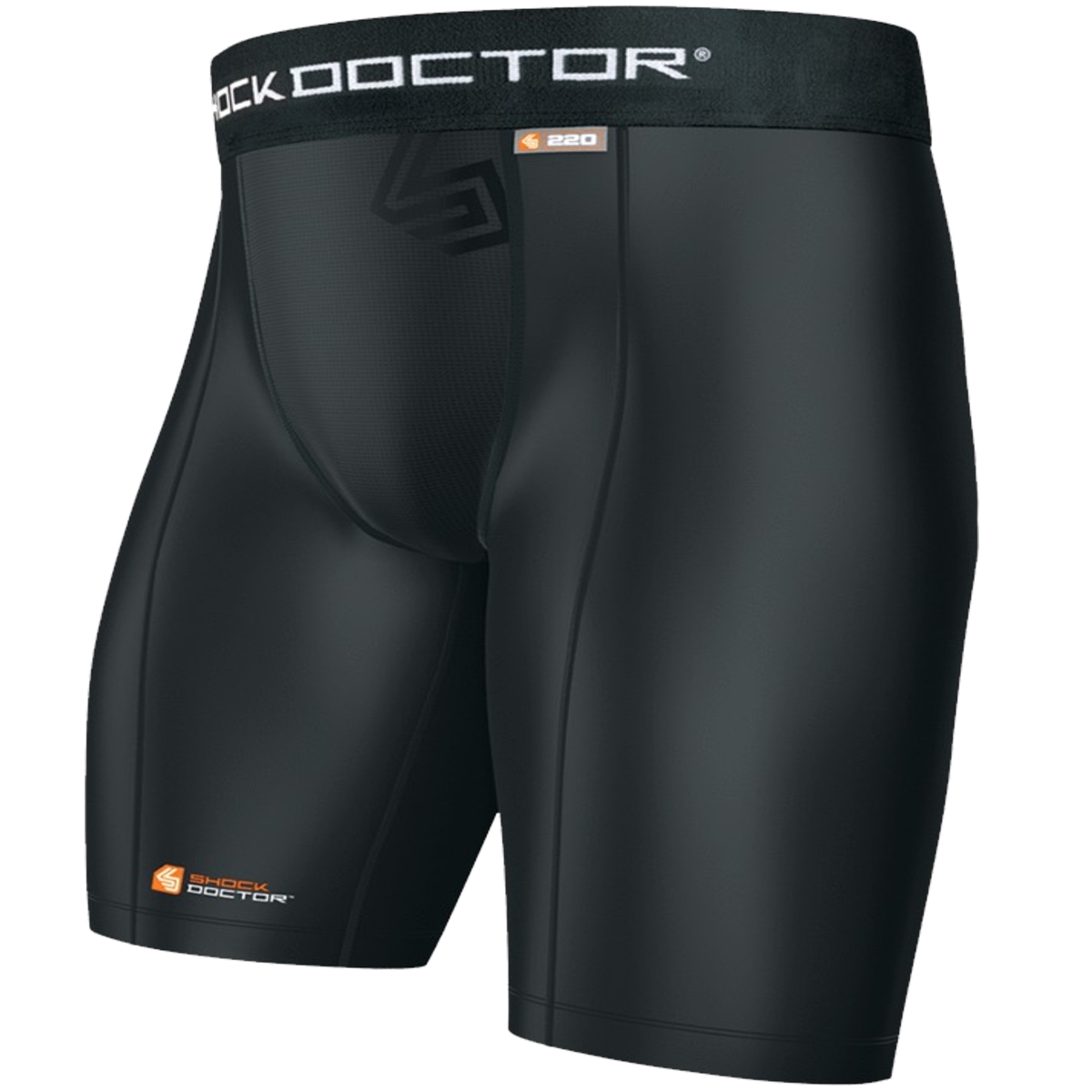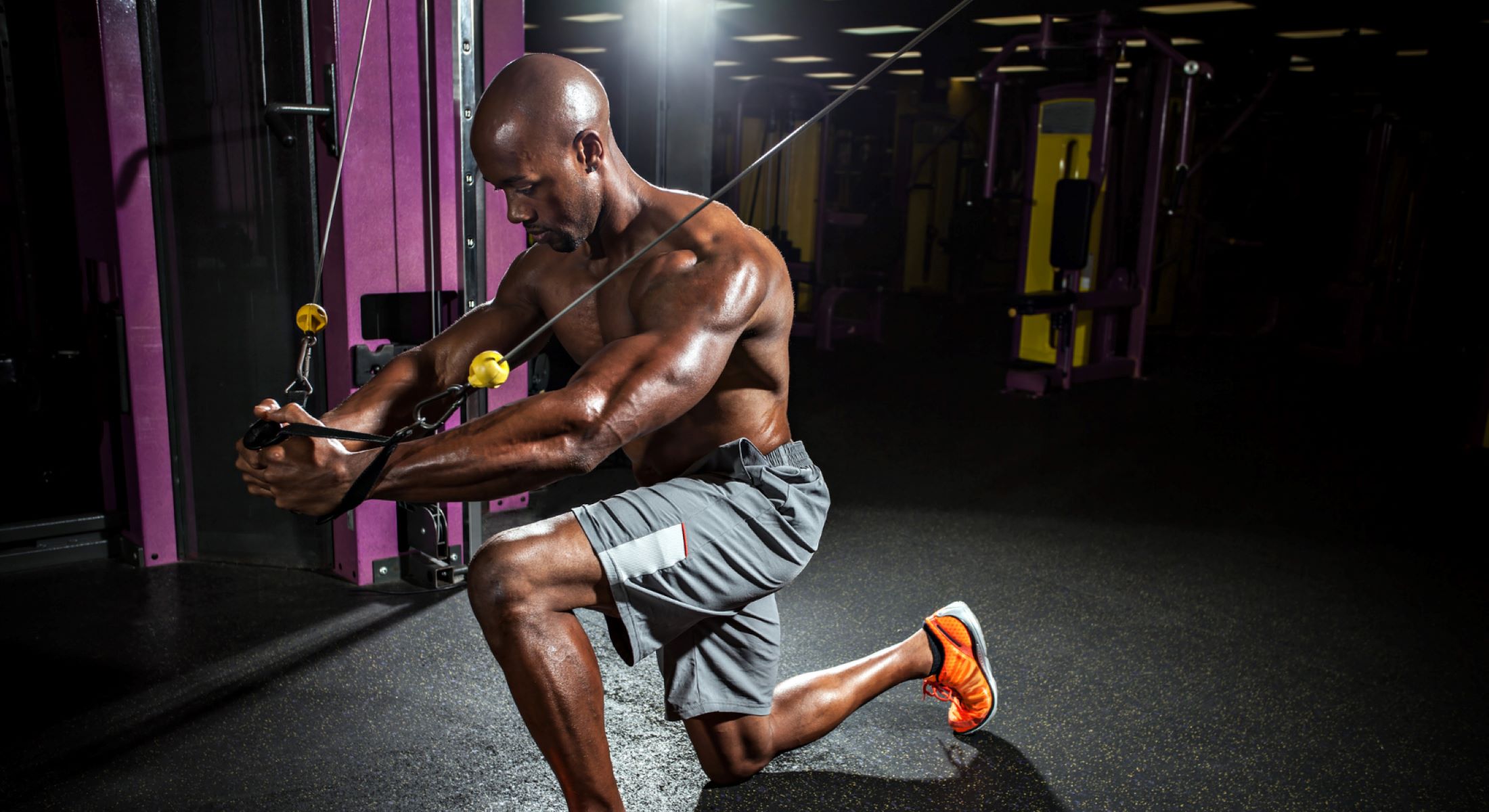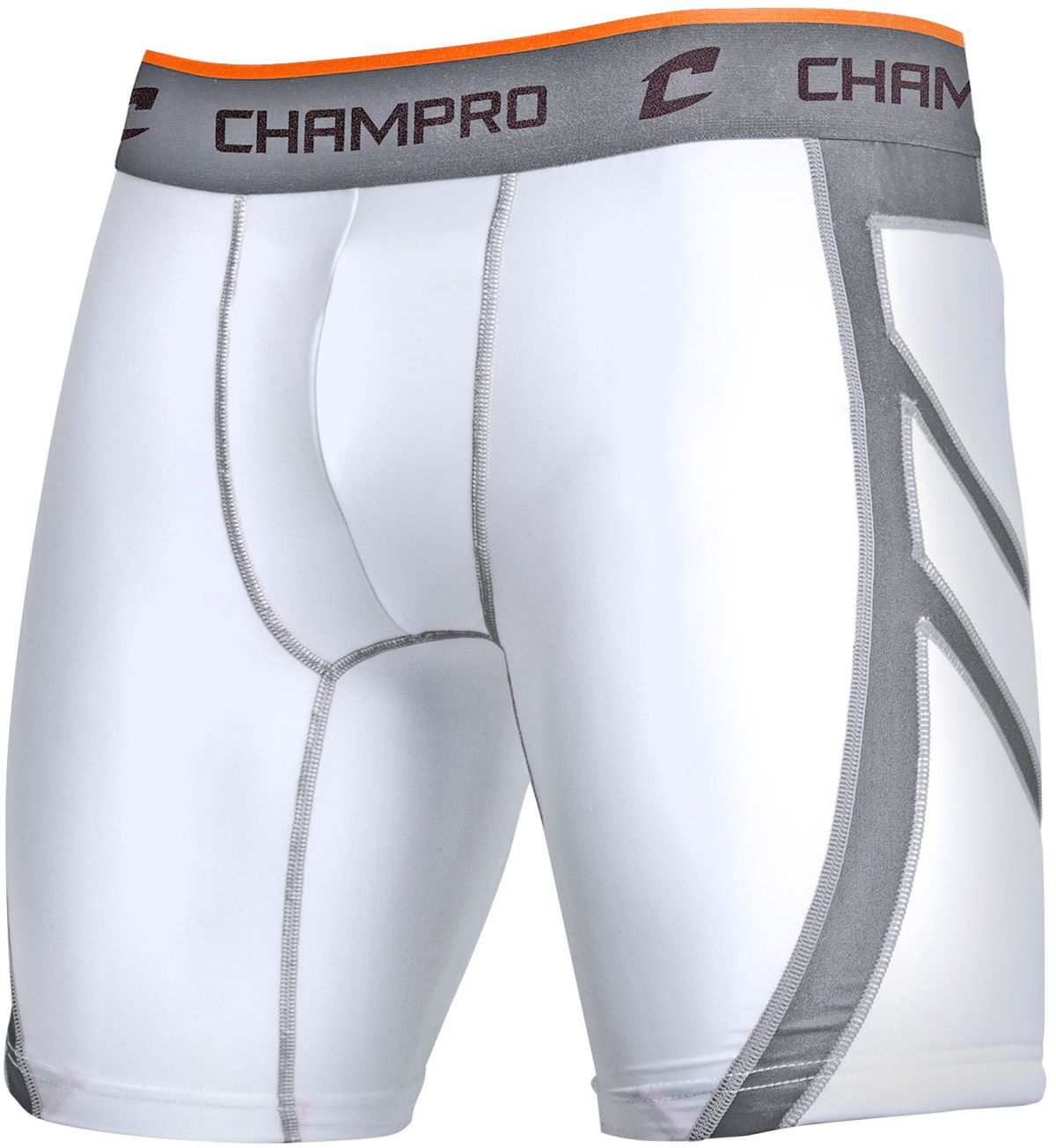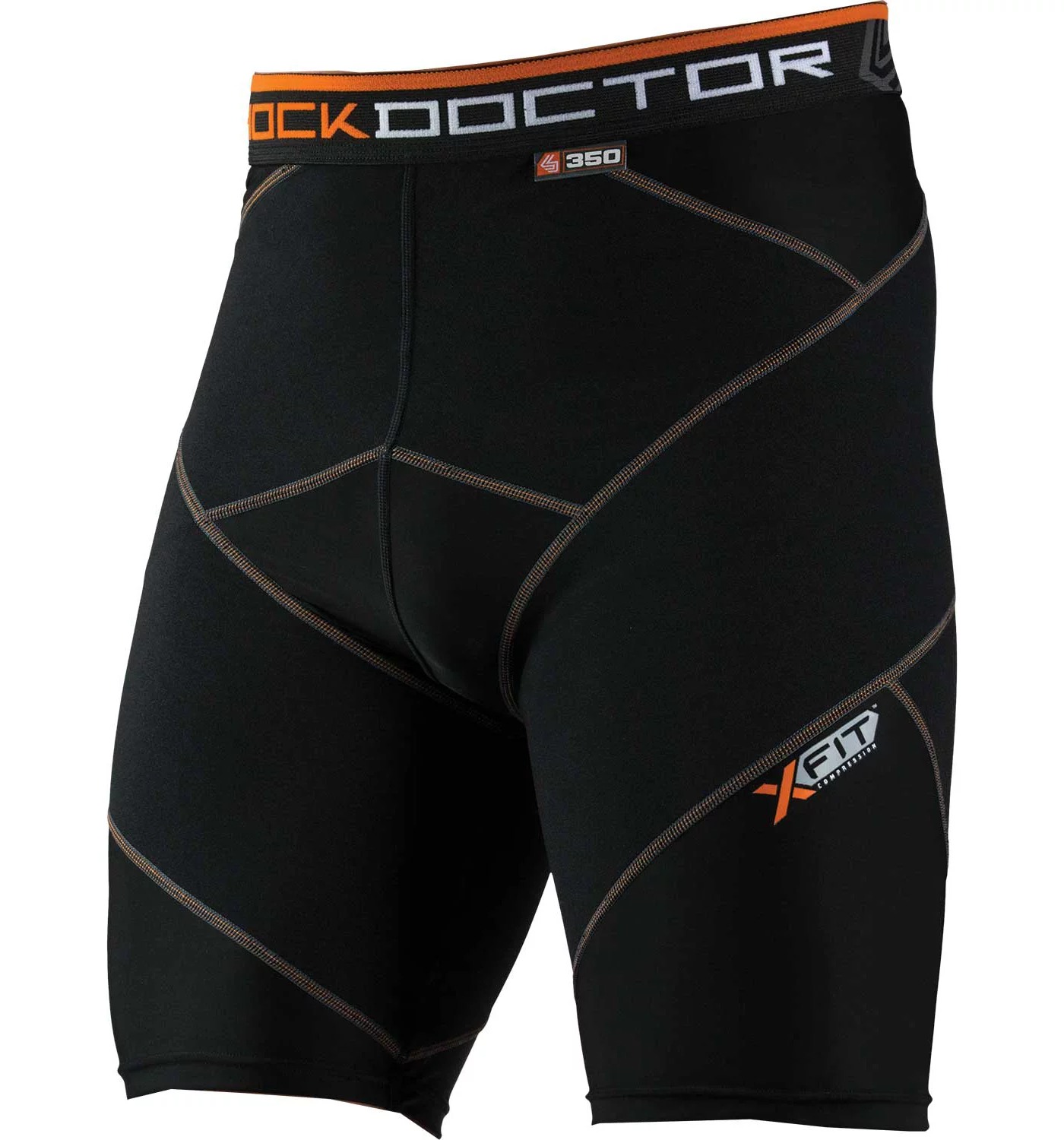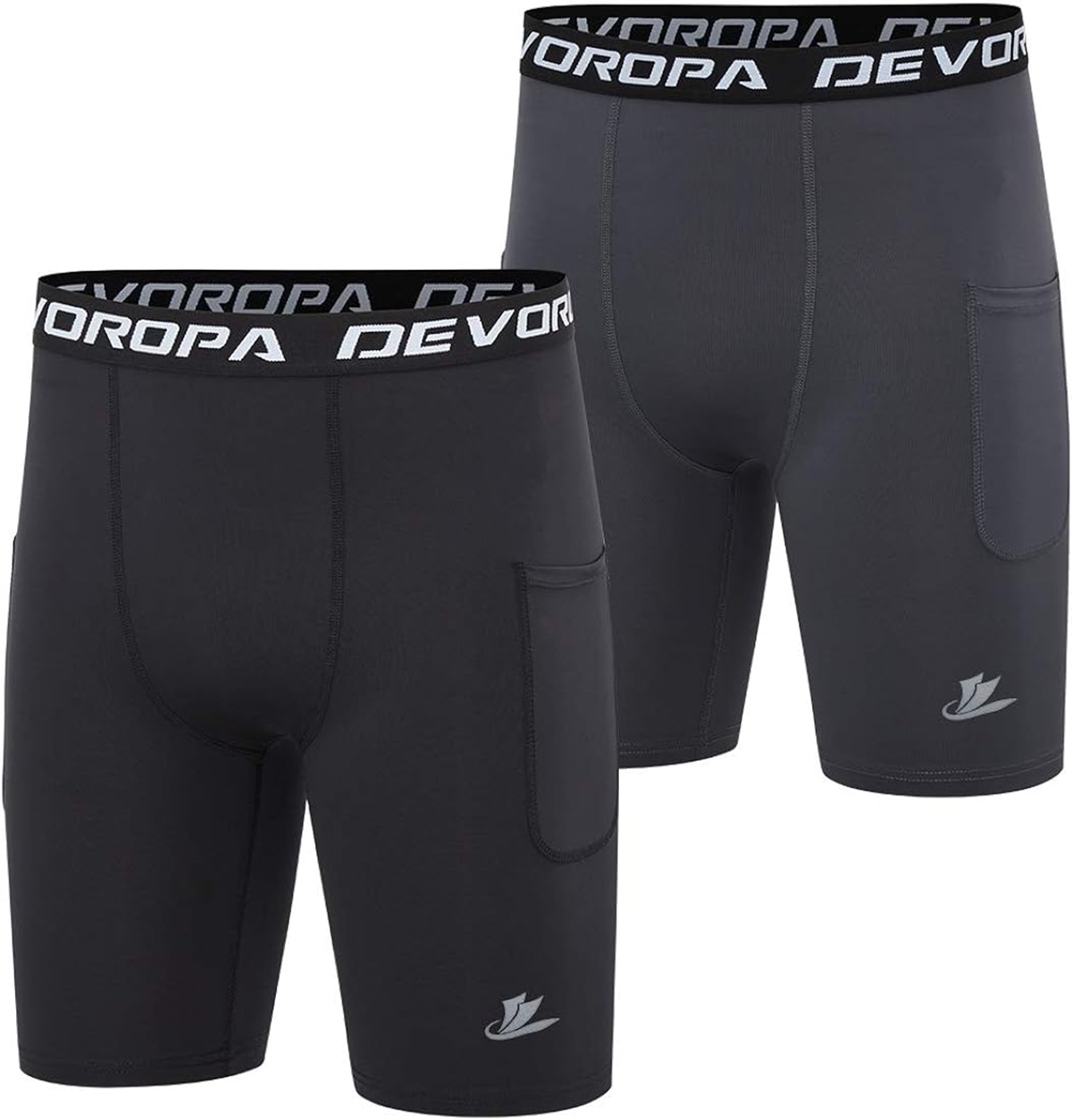

Featured
How To Increase Stamina For Hockey
Modified: January 22, 2024
Learn the effective strategies to increase stamina for hockey and become a featured player on the ice. Enhance your endurance and dominate the game with our expert tips and exercises.
Introduction
Welcome to the exciting world of hockey, where speed, agility, and skill are crucial for success on the ice. In order to excel in this fast-paced sport, one aspect that often gets overlooked is stamina. Stamina, also known as endurance, plays a vital role in hockey as it allows players to maintain their performance levels throughout the game and effectively recover between shifts.
Having good stamina can provide several advantages on the ice. It enables players to skate faster, make quicker decisions, and outlast opponents, giving their team a competitive edge. Additionally, players with high stamina are less prone to fatigue, reducing the risk of injuries and ensuring consistent performance in crucial moments of the game.
To excel in hockey, it is essential to understand the factors that affect stamina and develop strategies to enhance it. This article will delve into the key aspects of stamina building, including proper nutrition, conditioning exercises, interval training techniques, endurance building strategies, and the importance of rest and recovery. Furthermore, it will explore the significance of mental preparation in increasing stamina and achieving peak performance on the ice.
Whether you’re an aspiring hockey player looking to boost your stamina or a coach seeking to improve your team’s endurance, this comprehensive guide will equip you with the knowledge and techniques needed to take your game to the next level. So, let’s lace up our skates and dive into the world of stamina building in hockey!
Importance of Stamina in Hockey
Stamina is a critical component of success in hockey. The fast-paced nature of the game demands players to maintain a high level of intensity for extended periods. Without adequate stamina, players may struggle to keep up with the pace, make quick decisions, and execute skills effectively.
One of the key advantages of having good stamina in hockey is the ability to maintain speed and agility throughout the game. As the game progresses, fatigue starts to set in, causing a decline in performance for those with inadequate endurance. Players with superior stamina can sustain their speed and quickness, making them more effective in chasing down loose pucks, winning battles along the boards, and creating scoring opportunities.
Furthermore, stamina plays a crucial role in recovery and reducing the risk of injuries. Hockey is a physically demanding sport that requires explosive movements, sudden changes of direction, and physical collisions. Fatigued players are more prone to making mistakes and putting themselves in vulnerable positions that can lead to injuries. On the other hand, players with good stamina can recover quickly between shifts, making them less susceptible to fatigue-related errors and reducing the likelihood of injuries caused by sluggish movements.
In addition to physical benefits, stamina also has a psychological impact on players. Hockey is a mentally challenging sport that requires focus, decision-making, and resilience. Fatigue can hinder cognitive abilities, leading to poor decision-making and decreased mental sharpness. Players with high stamina can stay mentally engaged throughout the game, making smarter decisions under pressure and maintaining the mental fortitude needed to succeed.
Overall, stamina is a fundamental aspect of hockey that directly impacts a player’s performance, both physically and mentally. It provides players with a competitive edge, allowing them to maintain speed, make quick decisions, reduce the risk of injuries, and stay mentally sharp. Developing and improving stamina should be a priority for all hockey players and teams seeking to elevate their game to new heights.
Key Factors Affecting Stamina
Stamina in hockey is influenced by several key factors that must be considered in order to maximize performance on the ice. Here are some of the main factors that can significantly impact a player’s endurance:
- Cardiorespiratory Fitness: A strong cardiovascular system is crucial for sustaining prolonged physical activity. This includes the heart’s ability to pump oxygenated blood to the muscles and the lungs’ capacity to efficiently take in oxygen. Improving cardiorespiratory fitness through aerobic exercises such as running, cycling, and swimming can enhance stamina on the ice.
- Muscular Strength and Endurance: Hockey requires players to generate force through various muscle groups repeatedly. Building muscular strength and endurance in the lower body, especially the quadriceps, glutes, and calves, is essential for maintaining power and speed throughout the game.
- Proper Breathing Technique: Efficient breathing technique allows for optimal oxygen intake and carbon dioxide removal, thus supporting the body’s energy production and reducing fatigue. Diaphragmatic breathing, which involves deep inhalation and controlled exhalation, can help improve stamina and endurance.
- Hydration: Adequate hydration is crucial for maintaining stamina and preventing fatigue. Dehydration can impair performance and lead to decreased energy levels. It is essential to drink plenty of water before, during, and after games and practices to stay properly hydrated.
- Flexibility and Mobility: Good flexibility and mobility contribute to improved movement efficiency and help prevent injuries. Stretching and incorporating exercises that target the hips, hamstrings, and hip flexors can enhance stride length and overall skating performance.
- Mental Focus and Discipline: Stamina is not solely a physical attribute; it also depends on mental strength. The ability to stay focused, maintain discipline, and push through fatigue can significantly impact overall endurance. Developing mental resilience through mindfulness techniques and visualization exercises can improve stamina during intense game situations.
Understanding and addressing these key factors are crucial for developing and maintaining optimal stamina in hockey. By addressing each of these areas in training and taking a holistic approach to endurance building, players can drastically improve their performance on the ice.
Proper Nutrition for Increased Stamina
Nutrition plays a vital role in fueling a player’s performance and enhancing stamina in hockey. A well-balanced diet that provides the necessary nutrients can optimize energy levels, improve recovery, and support overall endurance. Here are some key nutritional considerations for increasing stamina:
- Carbohydrates: Carbohydrates are the primary energy source for the body. Consuming complex carbohydrates, such as whole grains, fruits, and vegetables, provides a sustained release of energy throughout the game. They should be a significant part of a hockey player’s diet, especially before games and practices.
- Protein: Protein is essential for muscle repair and growth. Including lean sources of protein like chicken, fish, eggs, and legumes in each meal can help with recovery and support muscle endurance. Aim for a balanced intake of protein throughout the day and immediately after training sessions.
- Hydration: Proper hydration is crucial for optimal performance. Dehydration can lead to decreased energy levels and overall stamina. It is recommended to drink water regularly throughout the day and consume fluids with electrolytes during intense training or games to replenish lost minerals.
- Healthy Fats: Including moderate amounts of healthy fats, such as avocados, nuts, seeds, and olive oil, in the diet can provide sustained energy and support joint health. Fats also help in the absorption of fat-soluble vitamins, which are important for overall well-being.
- Timing of Meals: Proper timing of meals is crucial for maximizing energy levels on the ice. It is recommended to consume a meal or snack containing carbohydrates and protein 2-3 hours before training or a game to provide sustained energy. Additionally, refueling with a balanced meal or snack within 30-60 minutes after exercise can aid in muscle recovery.
- Supplements: Although a well-rounded diet should provide most of the necessary nutrients, certain supplements may be beneficial for enhancing stamina. Consult a sports nutritionist or healthcare professional to determine if any supplements, such as omega-3 fatty acids or multivitamins, may be suitable for your specific needs.
Proper nutrition is essential for increasing stamina in hockey. By fueling the body with the right balance of carbohydrates, protein, fats, and fluids, players can optimize their energy levels, promote muscle recovery, and enhance their overall endurance on the ice.
Effective Conditioning Exercises for Hockey
Conditioning exercises are an integral part of training for hockey players looking to improve their stamina and endurance on the ice. These exercises aim to enhance cardiovascular fitness, muscular strength, power, and agility. Incorporating the following conditioning exercises into your training regimen can help you build the necessary physical attributes for increased stamina in hockey:
- Interval Training: Interval training involves alternating periods of high-intensity exercise with periods of rest or low-intensity recovery. This type of training mimics the intense bursts of activity followed by short recovery periods that occur during a hockey game. Examples of interval training exercises include sprints, shuttle runs, and high-intensity skating drills.
- Hill Sprints: Hill sprints are an excellent exercise for building lower body strength, power, and cardiovascular endurance. Find a steep hill and sprint up, focusing on driving your knees and pumping your arms. Walk or jog back down to recover before repeating the sprint.
- Plyometric Exercises: Plyometrics involve explosive movements that strengthen the muscles’ ability to generate force quickly. Exercises like box jumps, lateral jumps, and bounding can improve power and agility, which are essential for quick accelerations and changes of direction in hockey.
- Skating Drills: Incorporating specific skating drills into your training routine can help improve your skating technique, speed, and endurance. Focus on quick and powerful strides, crossovers, and agility drills that simulate game-like scenarios.
- Circuit Training: Circuit training combines cardiovascular exercises, resistance training, and bodyweight exercises in a series of stations. This type of training helps improve muscular strength, endurance, and overall fitness. Incorporate exercises like jumping jacks, push-ups, squats, and burpees into your circuit.
- Core Strengthening Exercises: A strong core is essential for stability, balance, and generating power in hockey. Incorporate exercises such as planks, Russian twists, and medicine ball exercises to strengthen your core muscles and improve overall stability on the ice.
- Agility Ladder Drills: Agility ladder drills are great for improving quickness, coordination, and footwork. Set up an agility ladder and perform various drills, such as lateral runs, high knees, and crossover steps, to enhance your agility and speed.
Incorporating a combination of these conditioning exercises into your training routine can significantly improve your stamina and endurance in hockey. It is important to gradually increase the intensity and volume of your workouts while maintaining proper form to prevent injuries and allow for optimal progression. Remember to consult a qualified coach or trainer for guidance to ensure that your conditioning exercises align with your specific needs and goals.
Interval Training Techniques
Interval training is a highly effective method for improving stamina and endurance in hockey. It involves alternating periods of high-intensity exercise with periods of rest or low-intensity recovery. This type of training not only improves cardiovascular fitness but also replicates the intense bursts of activity followed by short recovery periods that occur during a hockey game. Here are some interval training techniques to incorporate into your training regimen:
- Tabata Training: Developed by Japanese scientist Dr. Izumi Tabata, this interval training method involves 20 seconds of all-out effort followed by 10 seconds of rest, repeated for a total of 8 cycles (4 minutes). Tabata training can be adapted to various exercises such as sprints, burpees, or bodyweight exercises to target specific muscle groups.
- Pyramid Intervals: Pyramid intervals involve gradually increasing and decreasing the duration or intensity of high-intensity exercise. For example, you could start with 30 seconds of maximum effort, followed by 30 seconds of rest. Then increase to 45 seconds of maximum effort, followed by 45 seconds of rest. Continue this pattern until you reach the peak, and then reverse the intervals back down.
- Interval Circuits: Interval circuits involve a series of exercises performed in quick succession with short rest periods in between. This method targets different muscle groups and provides an intense full-body workout while still incorporating the rest and recovery periods. Choose exercises that mimic hockey movements, such as skating, jumping, and lateral movements.
- Fartlek Training: Fartlek, a Swedish term for “speed play,” involves alternating between periods of high-intensity effort and moderate-intensity exercise. It allows for flexibility and creativity in training by combining steady-state running or skating with intermittent sprints. Fartlek training is perfect for mimicking the unpredictable nature of a hockey game.
- HIIT (High-Intensity Interval Training): HIIT is a popular interval training method that involves short bursts of intense exercise followed by short recovery periods. It can be applied to various cardiovascular exercises such as cycling, running, or jumping rope. HIIT workouts can be customized based on your fitness level and goals, making it a versatile and effective training technique.
When incorporating interval training techniques, it is essential to listen to your body and gradually increase the intensity and duration of your intervals over time. Remember to prioritize proper form and technique to minimize the risk of injury. It is recommended to perform interval training 2-3 times per week, allowing sufficient rest and recovery between sessions to maximize the benefits.
Integrating interval training into your hockey training program can greatly enhance your stamina, cardiovascular fitness, and performance on the ice. Its ability to push your limits, replicate game scenarios, and improve your recovery time will undoubtedly give you a competitive edge in this fast-paced sport.
Strategies for Endurance Building
Building endurance is essential for improving stamina in hockey. Endurance allows players to maintain their performance levels throughout a game and recover quickly between shifts. While incorporating conditioning exercises and interval training is crucial, there are other strategies that can further enhance endurance in hockey:
- Progressive Overload: Gradually increasing the intensity and duration of workouts is key to building endurance. Start with manageable exercises and gradually add more reps, increase weights, or shorten recovery periods to challenge your body and improve your stamina over time.
- Variation and Cross-Training: Incorporating a variety of exercises and cross-training activities, such as swimming, cycling, or rowing, can help prevent training plateaus and engage different muscle groups. This variation challenges the body and builds overall fitness, translating into improved hockey stamina.
- Gauge Your Effort: Pay attention to your effort level during training and games. Aim to maintain a challenging but sustainable level of intensity to avoid burning out too quickly. Being aware of and managing your effort can help you pace yourself effectively and conserve energy throughout a game.
- Simulate Game Conditions: Replicate game-like scenarios during training to improve your endurance in hockey-specific situations. Incorporate scrimmage drills, small-area games, and intense practice sessions that mimic the physical and mental demands of a real game.
- Gradual Distance and Duration Increases: If you are working on improving cardiovascular fitness, gradually increase the distance or duration of your workouts. Whether it’s running, biking, or skating, increasing the time spent engaging in an activity challenges your body’s endurance and trains it to perform better over longer periods.
- Active Recovery: Allow for active recovery periods during training and between games. Engage in low-intensity activities like walking, light stretching, or foam rolling to promote blood circulation, reduce muscle soreness, and aid in recovery. Active recovery helps your body recover faster, resulting in improved endurance in the long run.
- Mental Training: Endurance in hockey is not only physical but also mental. Develop mental toughness and resilience by practicing techniques such as visualization, positive self-talk, and mental focus exercises. Cultivating a strong mindset helps you push through fatigue and perform at your best even when tired.
Remember, building endurance takes time and consistency. It is essential to listen to your body, gradually progress, and allow for proper rest and recovery to prevent overtraining and injuries. By implementing these strategies, you can improve your endurance and stamina, enabling you to perform at your best for sustained periods on the ice.
Adequate Rest and Recovery
A crucial yet often overlooked aspect of increasing stamina in hockey is prioritizing adequate rest and recovery. While training and conditioning exercises are important for building endurance, it is during periods of rest that the body adapts and becomes stronger. Here are some key considerations for optimizing rest and recovery for improved stamina:
- Sleep: Getting enough quality sleep is vital for physical and mental recovery. During sleep, the body repairs and rebuilds tissues, processes information, and restores energy levels. Aim for 7-9 hours of uninterrupted sleep each night to support optimal recovery.
- Active Recovery: Engaging in light physical activity during rest days can promote blood circulation and aid in muscle recovery. Activities like walking, gentle stretching, or low-intensity exercises can help prevent muscle stiffness and improve overall recovery.
- Hydration: Proper hydration is critical for recovery. When dehydrated, the body’s ability to repair and recover is compromised. Ensure you drink plenty of water throughout the day, especially after training or games, to replenish lost fluids and support optimal recovery.
- Nutrition: Providing your body with the necessary nutrients post-workout is essential for recovery. Consume a balanced meal or snack containing carbohydrates and protein within 30-60 minutes after exercise. This helps replenish glycogen stores, repair muscle damage, and facilitate optimal recovery.
- Massage and Foam Rolling: Massage and foam rolling techniques can help relieve muscle tension, improve blood flow, and reduce muscle soreness. Regularly incorporating these techniques into your recovery routine can speed up recovery, enhance flexibility, and prevent injuries.
- Stress Management: High levels of stress can negatively impact recovery. Find ways to manage stress through relaxation techniques, such as deep breathing exercises, meditation, or engaging in hobbies you enjoy. Taking time for yourself and reducing stress can aid in overall physical and mental recovery.
- Periodization: Incorporate periodization into your training program. Periodization involves planned variations in intensity and volume of training to allow for periods of rest and recovery. This structured approach helps prevent overtraining, reduces the risk of injuries, and ensures long-term stamina improvements.
- Listen to Your Body: Pay attention to any signs of overtraining or fatigue. Pushing through excessive fatigue can lead to decreased performance and increased risk of injuries. Give your body the rest it needs, and adjust your training accordingly to prevent burnout and facilitate proper recovery.
By prioritizing rest and recovery, you allow your body to adapt to the demands of training and improve endurance. Remember, true progress is not solely made during intense workout sessions but also during the periods of rest and recovery that follow.
Mental Preparation for Enhanced Stamina
In the quest to improve stamina in hockey, mental preparation plays a vital role. Building mental toughness and resilience can help players push through fatigue, maintain focus, and perform at their best for sustained periods on the ice. Here are some strategies for enhancing mental preparation and stamina:
- Goal Setting: Set clear and realistic goals for your performance and stamina improvement. Having specific goals helps you stay motivated and focused during training sessions and games. Break down your goals into smaller, achievable targets to track progress and maintain momentum.
- Positive Self-Talk: Monitor your inner dialogue and replace negative thoughts with positive, encouraging statements. Positive self-talk can help boost confidence, maintain focus, and push through mental and physical fatigue. Use affirmations or personalize motivational phrases to redirect your mindset during intense moments of play.
- Visualization: Mental imagery and visualization techniques can enhance performance and improve stamina. Visualize yourself performing at your best, pushing through fatigue, and maintaining a high level of intensity throughout the game. Visualize specific game scenarios, envisioning yourself making successful plays and executing strategies effectively.
- Stress Management: Develop stress management techniques to stay calm and composed during high-pressure situations. Techniques such as deep breathing exercises, mindfulness, or meditation can help regulate emotions, reduce anxiety, and maintain focus on the present moment.
- Focus and Concentration: Train your focus and concentration skills to maintain mental sharpness throughout a game. Practice staying fully present in each moment, avoiding distractions and negative thoughts. Engage in pre-game rituals or develop a focus cue to help you lock in and stay attentive during crucial moments.
- Embrace Challenges: Embrace the physical and mental challenges of improving stamina. View fatigue as an opportunity to push your limits, rather than a barrier to performance. Embracing challenges and seeing them as growth opportunities can help you stay motivated and develop mental resilience.
- Confidence Building: Confidence is key to performing at your best. Work on building confidence through consistent training, positive reinforcement, and focusing on your strengths. Celebrate small successes along the way, and remind yourself of the hard work and preparation you have put in.
- Stay in the Present: Avoid dwelling on past mistakes or worrying about the future. Instead, stay focused on the present moment and the task at hand. This mindset helps maintain mental clarity, enabling you to make quick decisions and adapt to changing game situations effectively.
Developing mental preparation techniques is just as important as physical training when it comes to enhancing stamina in hockey. By incorporating these strategies into your routine, you can develop mental toughness, resilience, and the ability to perform at your best even when fatigued.
Conclusion
Building stamina in hockey is a multifaceted process that encompasses physical conditioning, proper nutrition, adequate rest, and mental preparation. Improving stamina not only enhances performance on the ice but also reduces the risk of injuries and ensures consistent energy levels throughout the game. By implementing the strategies and techniques outlined in this article, players can take their endurance to new heights and gain a competitive edge in this fast-paced sport.
It is crucial to prioritize cardiovascular fitness, muscular strength, and endurance through a combination of interval training, conditioning exercises, and cross-training activities. Adequate nutrition, hydration, and rest are essential for optimal recovery and sustained energy. Mental preparation techniques such as goal setting, visualization, and positive self-talk can help players overcome fatigue, maintain focus, and perform at their best.
Remember, building stamina is a gradual process that requires consistency, discipline, and perseverance. It is important to tailor training programs and strategies to individual needs and goals. Consulting with a qualified coach or trainer can provide personalized guidance to maximize results and avoid overtraining.
As you embark on your journey to enhance stamina in hockey, embrace the challenges and stay committed to your training regimen. Celebrate small victories along the way and acknowledge the progress you make. With dedication and a well-rounded approach to stamina building, you can push past your limits, elevate your performance, and excel in the thrilling world of hockey.
